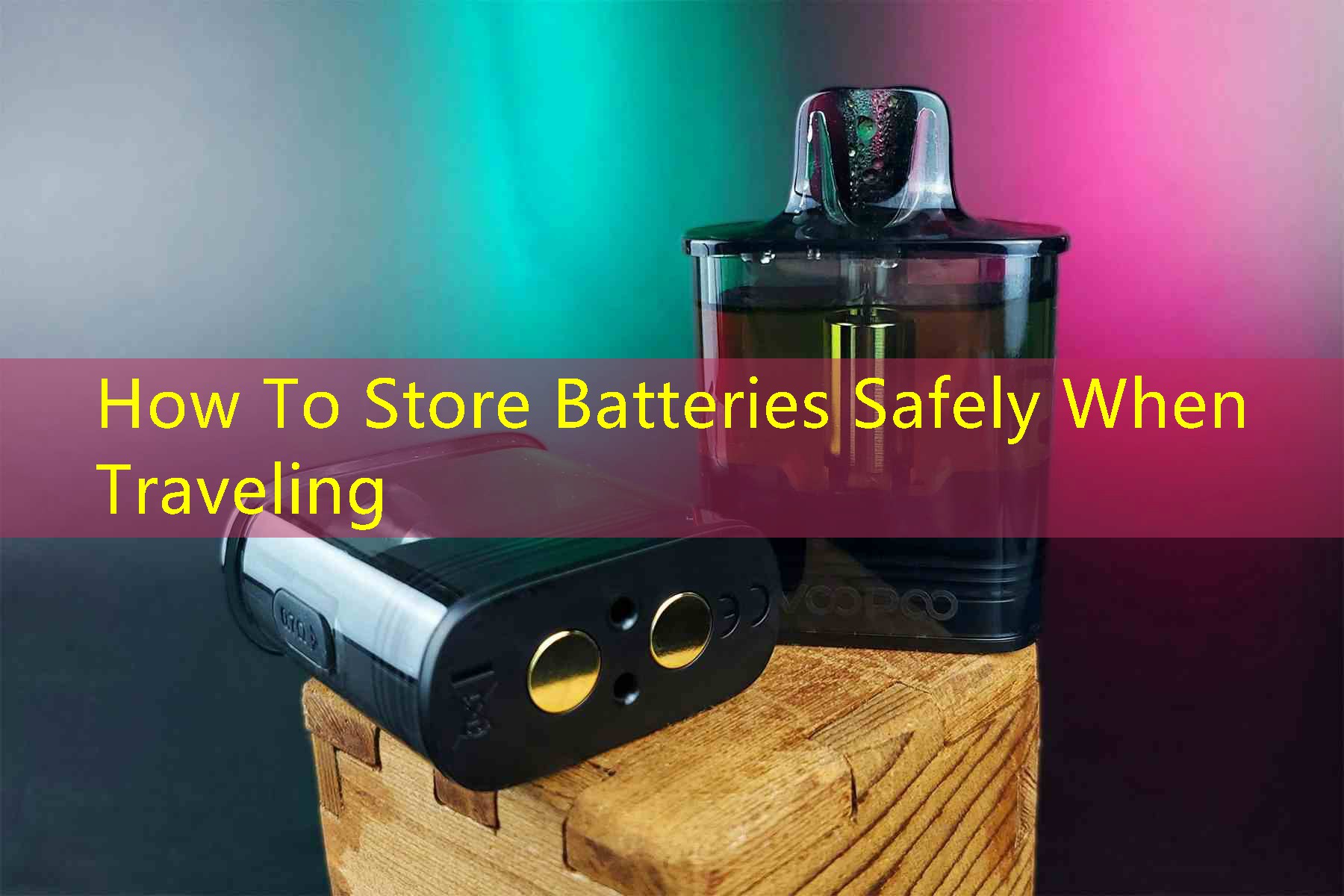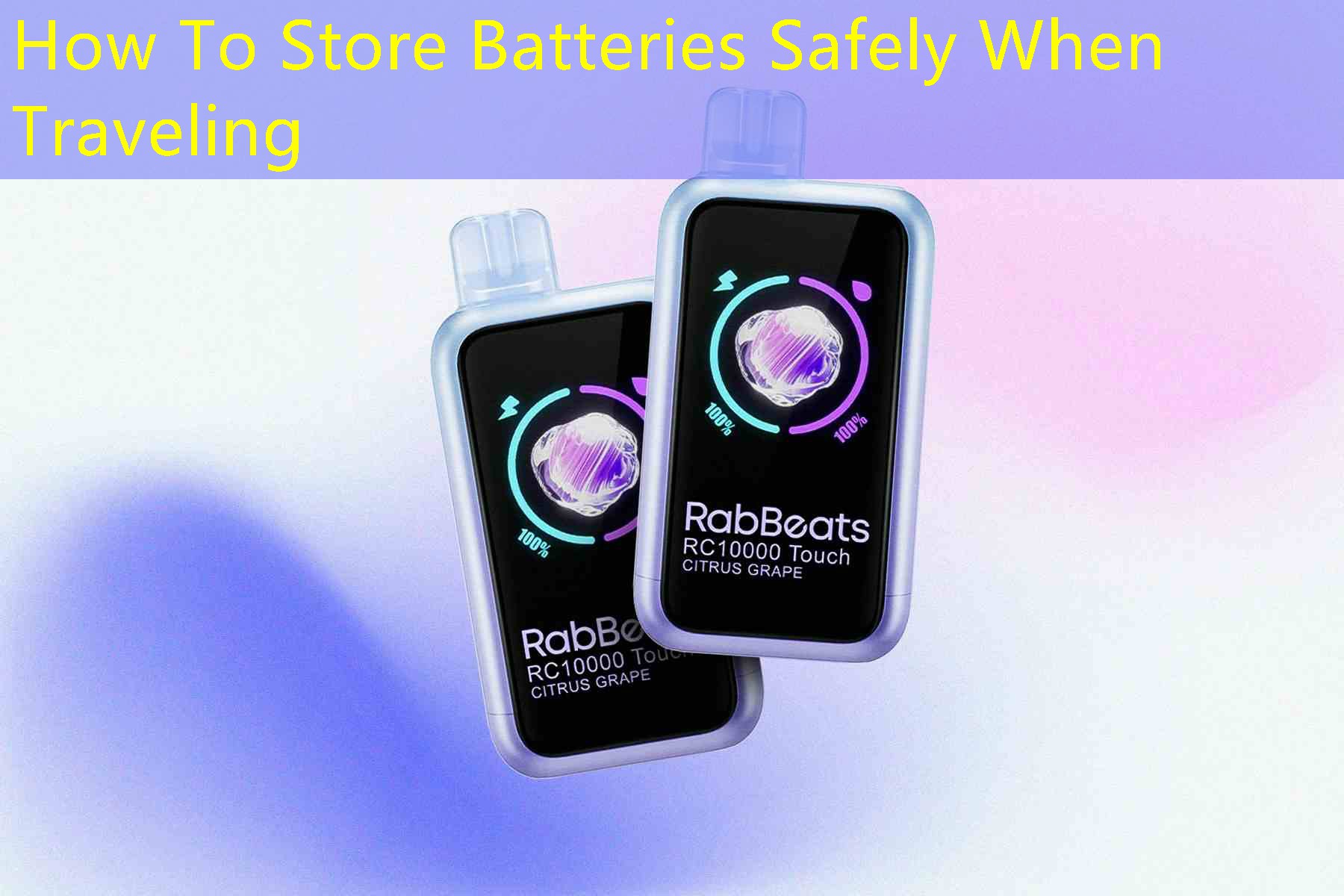Me pehea te penapena i nga pākahiko i te wa e haere ana koe
Traveling can be an exciting adventure, Engari ka haere mai ano hoki me tana ake kawenga, Ina koa ka tae mai ki te rokiroki haumaru o nga pākahiko. Ka kaha te pākahiko i te maha o a maatau taputapu hiko me nga taputapu, tae atu ki nga kamera, rorohiko, me nga-hikareti. Ko te rokiroki kaore e tika ana ka arahi ki te riihi, Nga Hara Hoko, ranei ara nga waahanga poto. I roto i tenei tuhinga, Ka tirotirohia e matou nga tikanga pai mo te penapena i nga pākahiko i te wa e haere ana, te whakarite kia mau tonu to haerenga me te kore e pai.
Understanding Different Types of Batteries
Before diving into storage techniques, He mea nui kia maarama ki nga momo momo hiko ka tutaki pea koe. Ko nga momo tino noa ko te alkaline, lithium-ion, me te hydride whakarewa-nickel (Nimh).
Alkaline Batteries
Alkaline batteries are prevalent in household devices. They are relatively safe and have a long shelf life but can leak if stored incorrectly.

Lithium-ion Batteries
Lithium-ion batteries, frequently used in e-cigarettes and smartphones, require more careful handling due to their potential for overheating and combusting.
Nickel-Metal Hydride (Nimh) Pateka
NiMH batteries are often found in rechargeable devices. They are generally stable but can suffer from memory effects if not stored correctly.
Understanding these battery types is crucial, as it informs how you will store them, especially while traveling.

Choosing the Right Storage Containers
When traveling, it is essential to use the right containers for your batteries to minimize risks.
Insulated Battery Cases
Opt for insulated battery cases designed specifically for each battery type. These cases protect against physical damage and environmental factors, such as extreme temperatures or moisture.
Avoid Metal Containers
While many recommend using metal containers due to their sturdiness, they can also create short circuits if the contacts touch each other. Nō reira, plastic cases with individual compartments are a better option.
Securely Packing Your Batteries
Proper packing is essential for ensuring that batteries stay secure during transit. Anei etahi tohutohu tohutohu:
Keep Batteries in Their Original Packaging
If possible, keep batteries in their original packaging, especially lithium-ion cells. This packaging is designed to be stable, reducing the chances of accidental discharge.
Use Tape to Cover Terminals
Covering the terminals with tape (preferably electrical tape) can prevent accidental short circuits. This is especially important for spare batteries stored separately from their devices.
Temperature Considerations
Batteries are sensitive to temperature fluctuations. Extreme heat or cold can negatively impact performance and safety.
Avoid Leaving Batteries in Hot Vehicles
Never leave batteries in a hot car, as high temperatures can cause them to expand, potentially leading to leaks or rupture.
Store in a Cool, Dry Place
Whenever possible, keep your batteries in a cool, dry location while traveling. A temperature-controlled environment is ideal.
Monitoring Battery Health During Travel
Being proactive is key when dealing with batteries while traveling. Regularly check the health of your batteries to ensure they are functioning correctly.
Perform Visual Inspections
Before you leave for your trip, inspect all your batteries visually. Look for any signs of bulging, leaking, or corrosion. Discard any damaged batteries immediately.
Maintain a Battery Inventory
Keeping an inventory of the batteries you are taking can help manage your gear better. Jot down the type, expiry date, and condition of each battery. This practice can prevent surprises during your travels, especially crucial for items like e-cigarettes.
Traveling by Air With Batteries
Traveling by air comes with specific regulations regarding battery transport, particularly lithium-ion batteries.
Know the Airline Rules
Always check your airline’s policy on battery transport. Many airlines have strict limits on the watt-hour ratings for lithium-ion batteries.
Carry-On Only
For flights, keep batteries in your carry-on luggage instead of checked bags. In the event of overheating, it’s safer and easier to manage.
Handling Emergency Situations
Despite all precautions, emergencies can still happen. Knowing how to handle battery-related incidents is crucial.
Fire Extinguishers
Keep a class C fire extinguisher handy, especially if you’re using lithium-ion batteries. These are designed for electrical fires.
First Aid for Battery Leaks
If you encounter a leaking battery, handle it with care. Use gloves to avoid skin contact and place the battery in a sealed plastic bag away from heat sources.
By implementing these storage and handling guidelines, travelers can significantly reduce risks associated with battery safety while ensuring that their electronic devices remain powered and ready for use. Proper care not only safeguards your devices but also enhances your overall travel experience.







